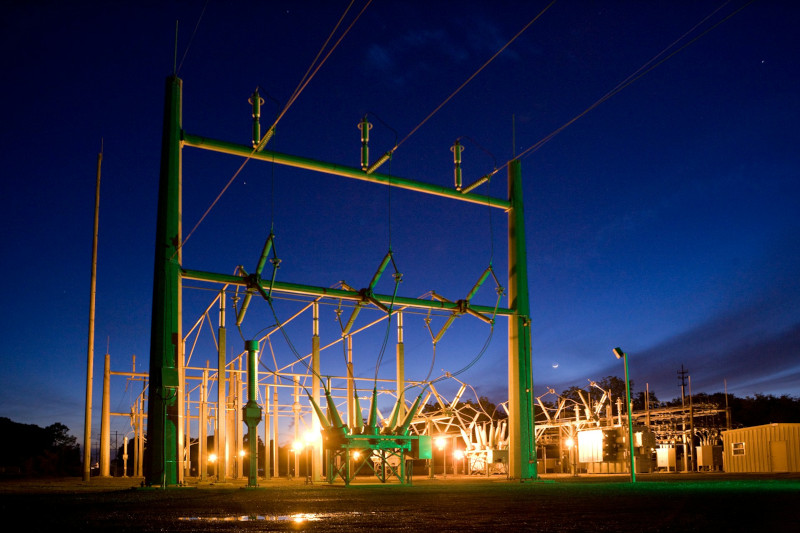As we march through 2025, the clean energy sector is experiencing rapid innovation, driven by the urgent need to decarbonize and the increasing demand for sustainable energy solutions. Here are five emerging clean energy technologies that are poised to make significant impacts this year:
1. Green Hydrogen: The Clean Fuel of the Future

Green hydrogen, produced through electrolysis powered by renewable energy sources, is gaining momentum as a versatile and clean energy carrier. Despite constituting only about 2.7% of the $155 billion global hydrogen market in 2022, green hydrogen’s potential is vast. Projections indicate that with continued investment, the green hydrogen market could surpass $1 trillion annually by 2050.
The declining cost of electrolyzers—down more than 60% from 2010 to 2024—and the decreasing prices of renewable electricity are making green hydrogen increasingly competitive.
In regions with abundant renewable resources, green hydrogen is approaching cost parity with traditional “grey” hydrogen produced from fossil fuels. Countries like Chile and China are investing heavily in green hydrogen infrastructure, aiming to position themselves as leaders in this emerging market.
2. Floating Solar Photovoltaics (FPV)
Floating solar panels, or floatovoltaics, are an innovative solution to land scarcity and increasing energy demands. By installing solar panels on bodies of water such as reservoirs and lakes, FPV systems not only generate electricity but also reduce water evaporation and improve panel efficiency due to the cooling effect of water.
The global installed capacity of floating solar grew from 3 GW in 2020 to 13 GW in 2022, with projections indicating continued expansion. A report by Wood Mackenzie projects the global installed capacity for floating solar PV power plants to reach 77 GW by 2033, led by the Asia-Pacific region, with nine of the top ten floating solar markets located in the region.
According to the World Bank, utilizing just 10% of suitable water surfaces for FPV could generate over 4,000 GW of power capacity. This technology is particularly beneficial for countries with limited land availability but abundant water bodies.
3. Advanced Geothermal Systems
Traditional geothermal energy has been limited to regions with specific geological conditions. However, advancements in drilling technologies and the development of Enhanced Geothermal Systems (EGS) are changing this landscape. EGS involves injecting water into hot, dry rock formations to create steam, which can then be used to generate electricity.
Companies like Eavor are pioneering these techniques, with projects such as the commercial power plant in Geretsried, Germany, aiming to demonstrate the scalability of advanced geothermal systems. If successful, this technology could provide a steady and emission-free energy source globally, offering a reliable baseload power option that complements intermittent renewable sources like wind and solar.
4. Advanced Energy Storage Solutions
As renewable energy sources like wind and solar become more prevalent, the need for efficient energy storage solutions becomes critical to address their intermittent nature. In 2025, next-generation solid-state batteries and hybrid systems are emerging as promising solutions.
These technologies offer faster charging, improved safety, and longer lifespans compared to traditional lithium-ion batteries.
Investment in battery storage has grown significantly, with a more than 20% increase in 2024, exceeding $50 billion. Pilot programs in Europe and Asia are integrating these advanced storage technologies with urban grids, reducing energy loss and stabilizing supply.
Complementary advances in thermal and mechanical storage further enhance grid performance, ensuring reliable, round-the-clock renewable energy access.
5. Artificial Intelligence (AI) and Smart Grids: Optimizing Energy Management

The integration of AI and smart grid technologies is revolutionizing energy management by enabling real-time monitoring and optimization of power distribution. AI-powered analytics enhance demand forecasting, operational efficiency, and predictive maintenance, while IoT devices collect data to dynamically manage the grid.
These intelligent systems are crucial for integrating more renewable energy sources and ensuring a stable supply. By reducing outages and operational inefficiencies, AI and smart grids contribute to a more resilient and efficient energy infrastructure. As energy systems become increasingly complex, the role of AI in managing and optimizing these networks will continue to grow.
Conclusion
The year 2025 marks a significant period in the evolution of clean energy technologies. From the rise of green hydrogen and floating solar panels to advancements in geothermal energy, energy storage, and AI-driven smart grids, these emerging technologies are shaping a more sustainable and resilient energy future. Continued investment, innovation, and collaboration across sectors will be essential to realize the full potential of these technologies and achieve global decarbonization goals.


